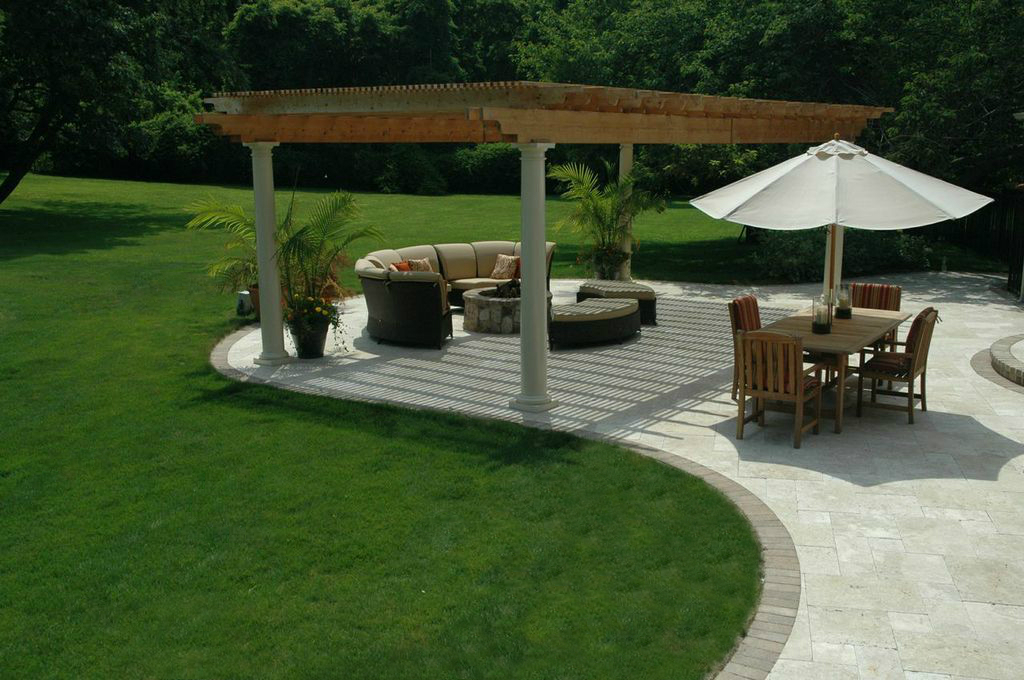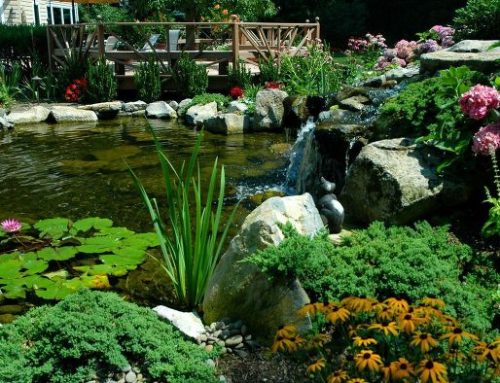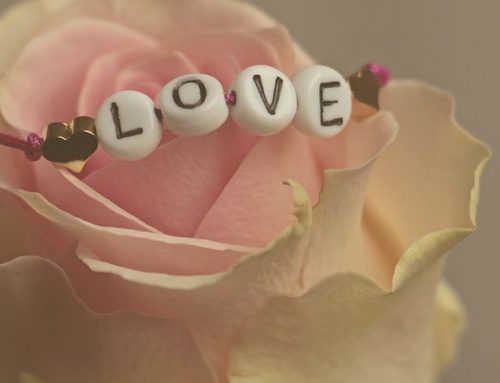Understanding what Travertine is, its strengths and weaknesses, and how it reacts in different areas, is something Deck and Patio’s Outdoor Living Expert, Bill Renter, has discussed with stone experts from around the world. He has also studied existing Travertine projects over a period of years to see what actually holds up — and what doesn’t — in our climate.
Travertine natural stone has been in existence for thousand of years. It comes in many different colors, ranging from reddish orange, beige, to white, and is sometimes mistaken for marble. Italian Travertine, revered for its hardness and porosity, is what the Coliseum in Rome was constructed of, so the durability of Italian Travertine is not in question, although it can be expensive.
However, Travertine is quarried from around the globe and is widely used beyond Italy — mostly in tropical locations for patios, walks, terraces, etc. Although it is typically used indoors in colder climates, there has been an increase in its usage outdoors, in and around pools and homes. But can all Travertine stone be used this way?
The answer is no, or at least it shouldn’t for best results. The three most common locations where Travertine comes from are: Italy, Turkey, and Mexico. Mexico’s Travertine is a much softer and much more porous and does not hold up well in our frost zone. Turkish Travertine, is very common and, in most instances, is less expensive than the Italian. It does hold up quite well in our Northeast’s freeze/thaw climate.
Be aware, however, that some companies offer very inexpensive Travertine for use outdoors and may seem to be a great deal. However, they may be using stone quarried in, say, China, where the qualities of such stone differ considerably and will not stand up to certain climates. Just because a stone is called “Travertine,” don’t assume it’s all the same. It’s not.
In our area of the Northeast (Long Island, NY), the summer sun gets intense. However, Travertine does not absorb the heat like brick or bluestone, and is similar to light-colored concrete pavers where heat is not retained in the paver. This makes it ideal as a pool surround, where being barefoot is unavoidable.
Deck and Patio used a natural stone for the veneer of the bar/barbeque and constructed a seat wall made of the same veneer, with the same edge-restraint as the capstone for the seat wall. This created a unique contrast between the patio, bar area and the extensive back veneer used for the house.













Hi, thank you for your article regarding travertine in the north east. I live in Long Island and I am considering a travertine paving stone around my pool area. What material do you recommend to use as a base for the pavers to be installed over? Compacted RCA? Thank you for your reply.
Thanks for your question. Travertine does make a beautiful pool surround. The good news is: the base for Travertine is the same base as for pavers.
A word to the wise, however…as we mentioned in the blog, do be careful with Travertine. All Travertine isn’t the same. Alas, we are aware of a contractor who claims it is high quality from Turkey, but it comes in crates labeled China. That said, it’s a lovely choice!
[…] design called for sinking the portable spa half way into the ground. Using Travertine and black stone veneer panels, we built a stone wall around it that matched the pool and patio, […]
I once did a travertine design for a stamped concrete overlay that we did for a client a few months ago, I must say that it looks and bledns pretty well especially with outdoor areas and scenes that have a pool or something.
Yes, it does blend well, doesn’t it. Particularly around pools. You have to make sure you
get quality stuff, but that done, it’s a beautiful stone for sure. Thanks for your comment.
Lovely article, thanks for sharing
Thanks for the nice comment. We appreciate it.
Hi, I am considering using Travertine in New Jersey. Can you tell me where I can source quality, turkish travertine from? I was looking at TravertineMart and the lady said theirs is from Turkey.
Why don’t you give our office a call; someone will be able to help you. Office hours are Mon-Fri 9-5. 613-549-8100.
Thank you June I will do that on Monday, very kind of you to offer that!
[…] is also very durable — just be sure it isn’t coming from say, China, where the Travertine they quarry is not nearly as durable as more costly Mexican, Italian and […]
I love the fact that Travertine does not absorb heat so you don’t have to worry about blistering your bare feet. Not to mention I love the look of it as well. The pool surrounds are lovely!
Thanks for the kind comment. Have you ever used it where you work? It does create a beautiful surround for sure.